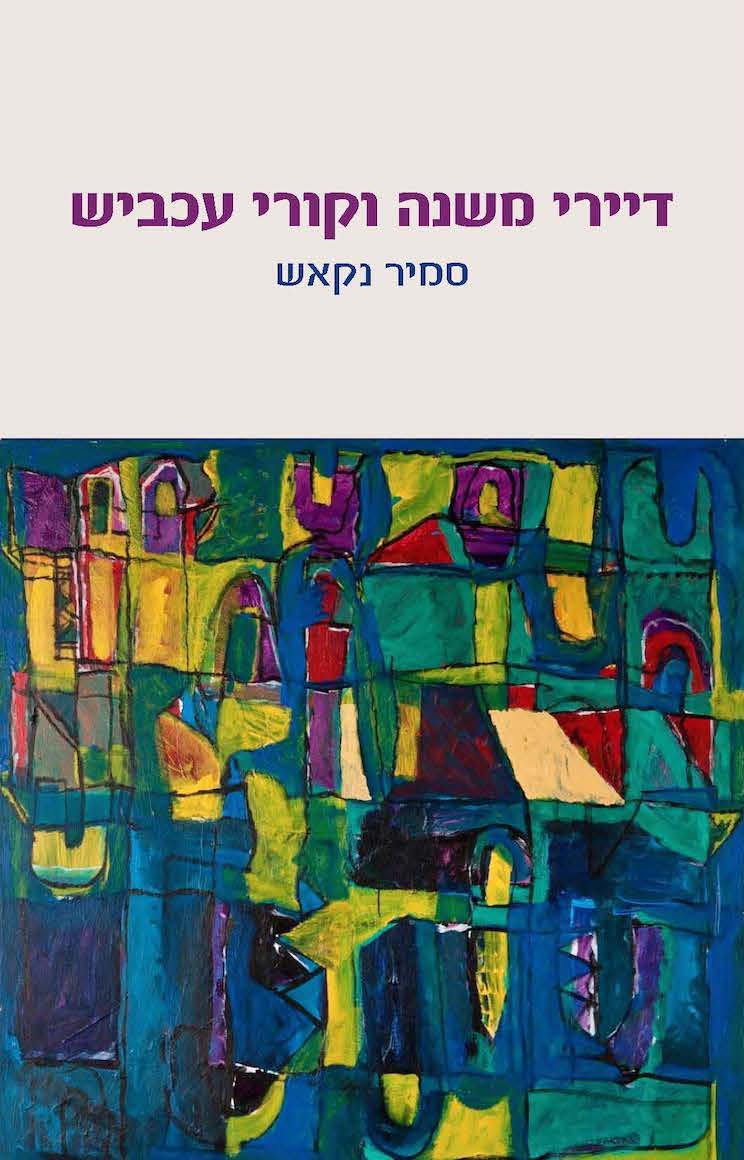

תקאסים (2014)
אקריליק על בד
150X150 ס׳׳מ
نزولة وخيط الشيطان
Subletters and Cobwebs
Samir Nakash
In Subletters and Cobwebs, Nakash returns to Baghdad of the 1940s, a city of many languages and cultures, and recreates the social and linguistic, Jewish-Islamic, mosaic of the city. He shows us the neighborly relations, the tensions, and the shared living in a Baghdadi apartment building, which stands firm against the winds of change and division introduced by wars, colonial conquests, and national struggles. However, even this house ultimately succumbs to the changes of time and national tensions, and the cobwebs spun around it create walls and partitions between its inhabitants, separating Jews from Muslims, Iraq from Israel, and leaving the house abandoned, bereft of its Jewish inhabitants.
In this novel, one of the main works in the oeuvre of Nakash, the Jewish-Iraqi author seeks to return to the tragic moment of the uprooting of Baghdad’s Jews—from the perspective of the city and in a way that presents a multiplicity of stories and perspectives. Nakash gives faces and names to the doubts of the Jews of Iraq regarding leaving their homeland, which was also the homeland of his own dream of becoming an Arab writer, a dream that he never abandoned throughout his life. In this way he creates a kind of Iraqi ”Yacoubian Building,” which resonates with the historic events of the mid-twentieth century and moves between memory of the past, the trauma of the Farhud in 1941, and the future trauma of the forced departure from the homeland in 1950–1951, the rawha bila raj’a, the leaving with no return.
Translation: Ruth Nakash Vigiser | Translation editor: Samira Youssef | Editors: Yehouda Shenhav-Shahrabani and Yonatan Mendel | Literary editing and afterword: Haviva Pedaya
